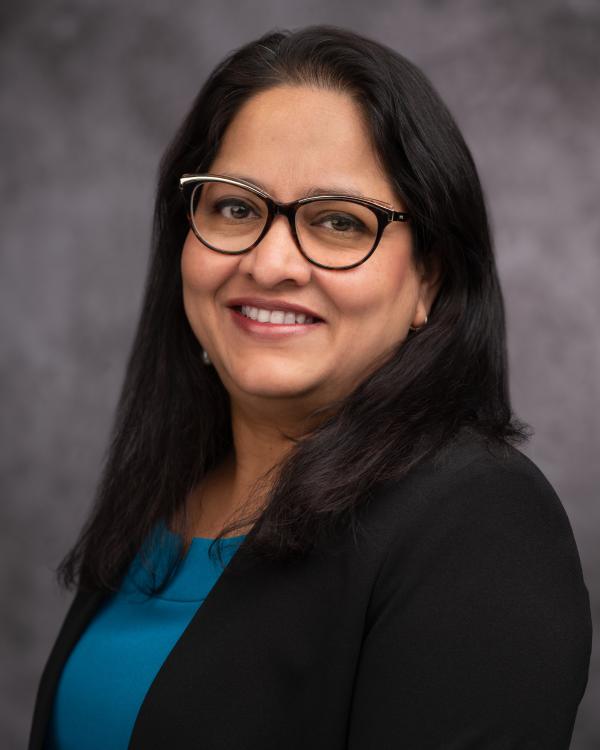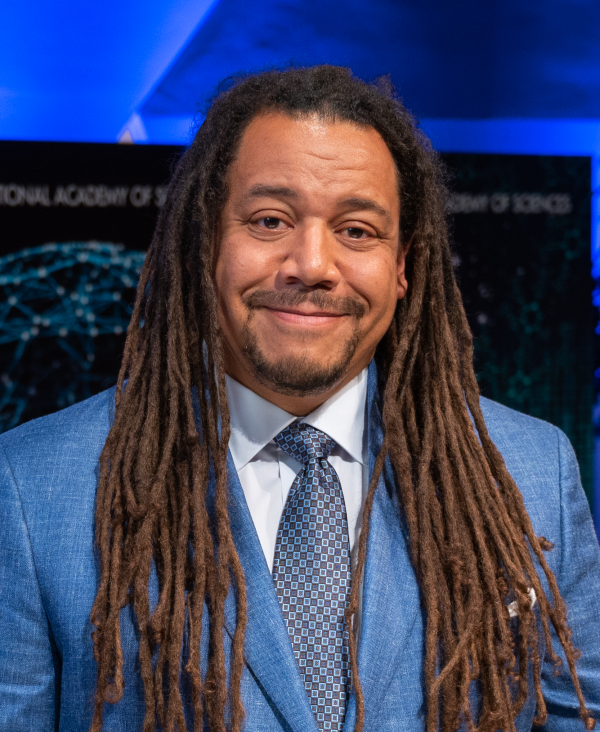Current Lecture Season
All lectures will be in person in Lipsett Amphitheater, Building 10, from 2:00 to 3:00 p.m. ET (new time) with remote viewing at https://videocast.nih.gov.
Sign up for the WALS listserv to receive notices about each lecture.
This page was last updated on Tuesday, August 20, 2024









